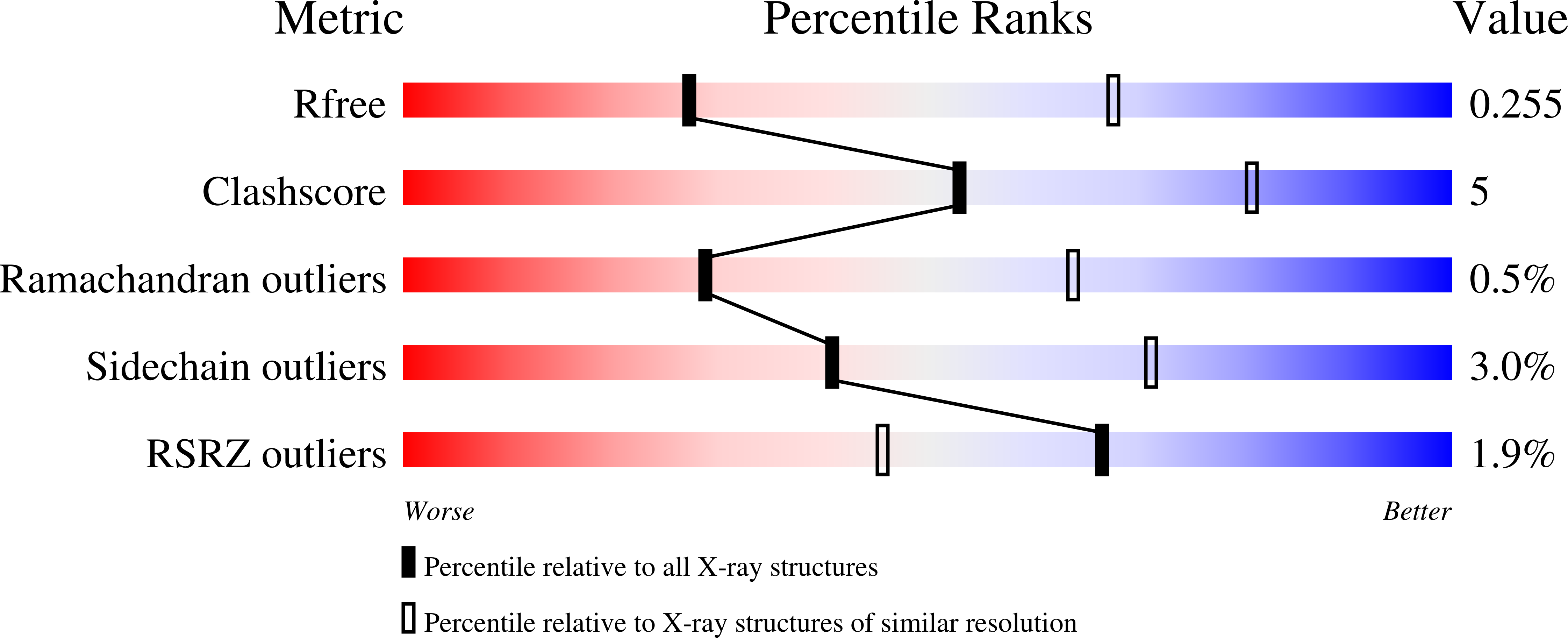
Deposition Date
2021-10-04
Release Date
2022-02-23
Last Version Date
2024-10-23
Method Details:
Experimental Method:
Resolution:
3.10 Å
R-Value Free:
0.25
R-Value Work:
0.21
R-Value Observed:
0.21
Space Group:
C 1 2 1


